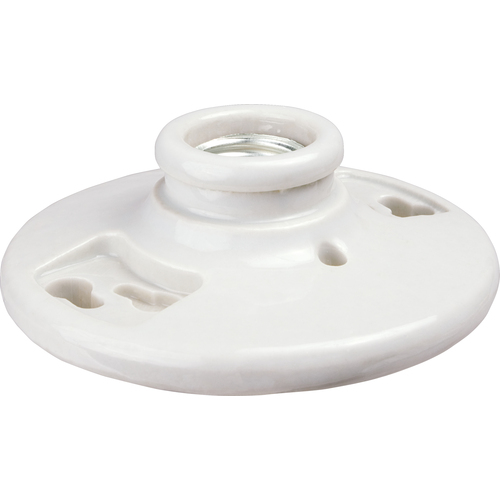lakee911
Senior Member
- Location
- Columbus, OH
I see these things all over the place, closets, garages, basements, etc.

I saw one in its original packaging and read the box and I was surprised by a few things...
The lamp holder had a rating of 250V/660W. Isn't 150W the largest bulb that comes in this size lamp base?
It was also rated for 90degree wire only! Does this mean it can't be used with NM wire? I think that is the only type of wiring I've ever seen used with them.
Do you guys use them? If so, where and how?
Thx,
Jason

I saw one in its original packaging and read the box and I was surprised by a few things...
The lamp holder had a rating of 250V/660W. Isn't 150W the largest bulb that comes in this size lamp base?
It was also rated for 90degree wire only! Does this mean it can't be used with NM wire? I think that is the only type of wiring I've ever seen used with them.
Do you guys use them? If so, where and how?
Thx,
Jason

